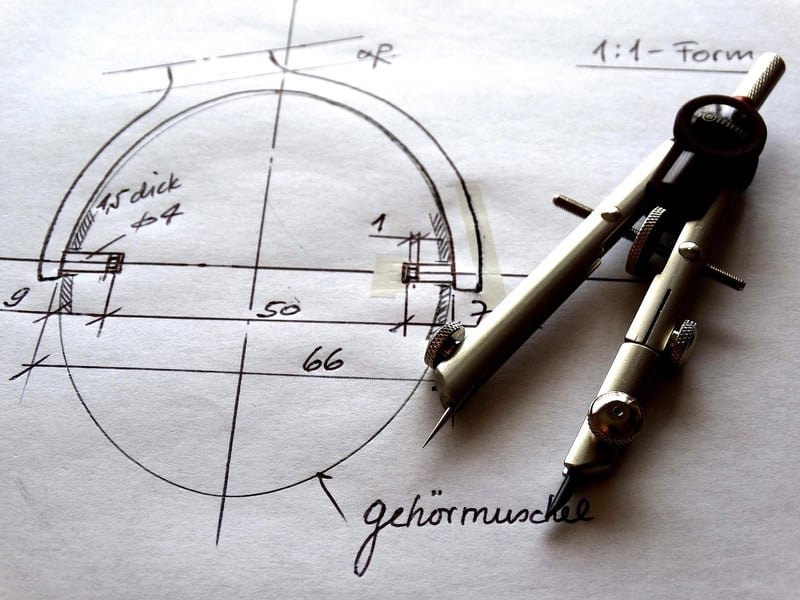Technical Specifications
The Fascinating World of Time Machines: Unveiling the Technical Specifications
Time travel has always been a captivating concept in science fiction, but what if I told you that time machines might not be as far-fetched as they seem? Let's delve into the technical specifications of these hypothetical devices that have captured our imaginations for decades.
How Do Time Machines Work?
While the idea of time machines is often associated with elaborate contraptions and flux capacitors, the theoretical basis for time travel is rooted in physics. Concepts such as wormholes, time dilation, and the theory of relativity play a crucial role in understanding how time machines could theoretically function.
Key Components of a Time Machine:
- Power Source: Time machines would require an immense amount of energy to manipulate spacetime.
- Control Mechanism: Precise control over the destination time and location is essential for safe time travel.
- Temporal Field Generator: This device would create the temporal distortion necessary for time travel.
- Temporal Navigation System: Similar to GPS, this system would guide the time traveler to their intended temporal coordinates.
Challenges and Considerations:
Despite the allure of time travel, numerous challenges and paradoxes must be addressed, including the Grandfather Paradox and the potential for altering the course of history irreversibly.
Image of a Time Machine Prototype:

Conclusion:
While the technical specifications of time machines remain firmly rooted in the realm of science fiction, exploring these concepts allows us to push the boundaries of our understanding of the universe and the nature of time itself.
For more speculative discussions on time travel and futuristic technologies, stay tuned for updates on our blog!
